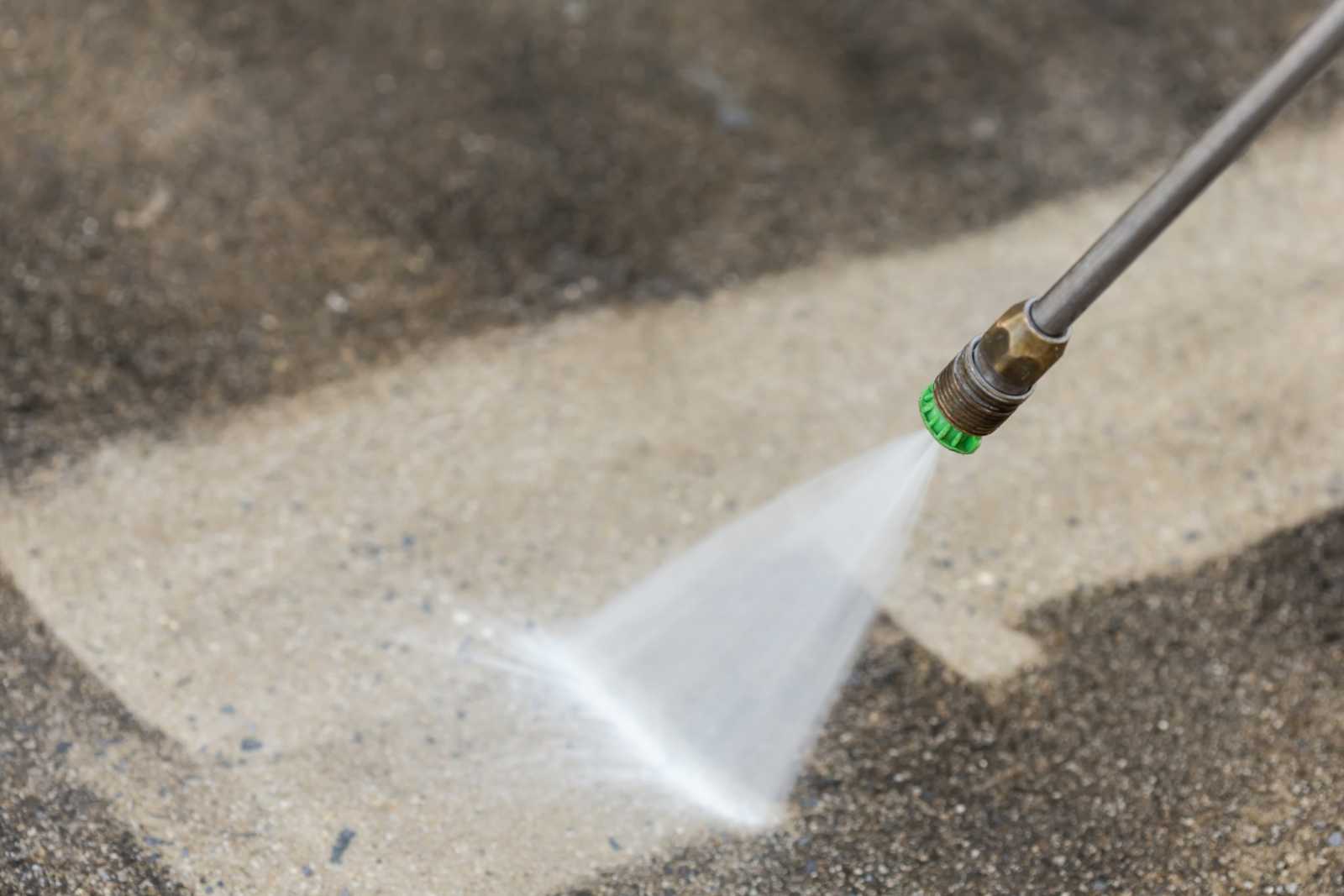Concrete cleaning jobs typically involve maintaining the appearance and integrity of concrete surfaces such as floors, walls, and pavements. Responsibilities include basic cleaning tasks like sweeping and mopping to remove dust and debris. Workers often use pressure washers to tackle deep stains, such as oil or mold, that regular cleaning may not address. Chemical cleaning solutions are frequently applied to dissolve stubborn stains, requiring knowledge of safe usage to prevent damage or hazards.
Types of Equipment Used
Equipment used in these jobs includes power washers, floor buffers, and polishing machines, along with necessary safety gear like gloves and goggles. Workers may find themselves in both indoor and outdoor environments, with flexible hours available, making these positions suitable for part-time workers or students.

Work Environment
Most concrete cleaning jobs do not require prior experience, though physical stamina and attention to detail are valuable. Equipment used includes power washers for tough stains, floor buffers for polishing, and essential safety gear like gloves and goggles, especially when handling chemicals. Workers may find themselves working indoors or outdoors, depending on the surface type and job requirements, with flexible hours often available. The typical pay varies based on location and job complexity.
Understanding the Importance of Concrete Cleaning
Concrete cleaning is essential not just for aesthetic purposes but also for preserving the longevity and integrity of concrete surfaces. Over time, dirt, grime, and other pollutants can accumulate, leading to potential deterioration. Regular cleaning helps prevent the growth of mold and algae, which can pose health risks and create slippery surfaces. Furthermore, maintaining clean concrete can enhance the overall curb appeal of a property, making it more inviting. For businesses, a clean exterior reflects professionalism and care, which can positively impact customer perceptions.
Safety Precautions in Concrete Cleaning Jobs
Safety is paramount in concrete cleaning jobs, given the nature of the equipment and chemicals involved. Workers must be trained to use power washers and other machinery safely to avoid accidents. Proper handling of cleaning agents is crucial, as some substances can be hazardous if mixed incorrectly or used without appropriate protective gear. Employers should provide comprehensive training on safety protocols, including the importance of personal protective equipment (PPE) such as masks, gloves, and goggles. Understanding the risks associated with each cleaning solution is vital to prevent injuries.
Techniques for Effective Concrete Cleaning
Various techniques can enhance the effectiveness of concrete cleaning. For example, pre-treating stains with appropriate cleaning solutions can help break them down before they are washed away. Additionally, using the correct nozzle on a pressure washer can significantly impact the cleaning process, as different nozzles provide varying spray patterns and pressures. For large areas, using a floor buffer can save time and effort while providing a polished finish. Workers should be trained in these techniques to maximize efficiency and ensure a thorough cleaning process, leaving surfaces spotless and safe.
Environmental Considerations in Concrete Cleaning
In recent years, there has been a growing emphasis on environmentally friendly cleaning methods. Many traditional cleaning solutions contain harsh chemicals that can harm the environment if not disposed of properly. As a result, eco-friendly alternatives have become increasingly popular. These solutions often utilize biodegradable ingredients that effectively clean concrete without causing damage to surrounding vegetation or wildlife. Additionally, using water-saving techniques, such as pressure washing with high-efficiency nozzles, can also minimize water usage, making concrete cleaning jobs more sustainable and environmentally responsible.
The Role of Technology in Concrete Cleaning
Advancements in technology have significantly impacted the concrete cleaning industry. Innovations such as automated cleaning machines and advanced pressure washers have made it easier to achieve high-quality results with less manual labor. Furthermore, mobile apps and software can help businesses manage scheduling and track their cleaning jobs, improving efficiency. Drones are also being explored for large-scale cleaning operations, allowing for a comprehensive assessment of surfaces before and after cleaning. Embracing these technological advancements can lead to cost savings and improved service quality in the long run.
Challenges Faced in Concrete Cleaning Jobs
Concrete cleaning jobs come with their own set of challenges that workers must navigate. Weather conditions can significantly affect cleaning operations, as rain or extreme heat can hinder processes or require rescheduling. Additionally, some stains may be more resistant than others, necessitating specialized techniques or equipment. Workers might also encounter surfaces with varying textures, requiring adjustments in their cleaning approach. Understanding these challenges and developing strategies to overcome them is crucial for success in concrete cleaning, ensuring that workers can deliver results regardless of obstacles.
Career Advancement Opportunities in Concrete Cleaning
For individuals interested in pursuing a career in concrete cleaning, there are numerous opportunities for advancement within the field. Starting as a cleaner, workers can gain valuable experience and knowledge that can lead to supervisory roles or specialized positions, such as equipment maintenance or chemical safety expert. Additionally, those who pursue further education or certifications in environmental sciences or safety management may find themselves well-positioned for leadership roles. The skills acquired in concrete cleaning can also be transferable to other areas within the cleaning and maintenance industry, broadening career prospects.
AI-Assisted Content Disclaimer
This article was created with AI assistance and reviewed by a human for accuracy and clarity.